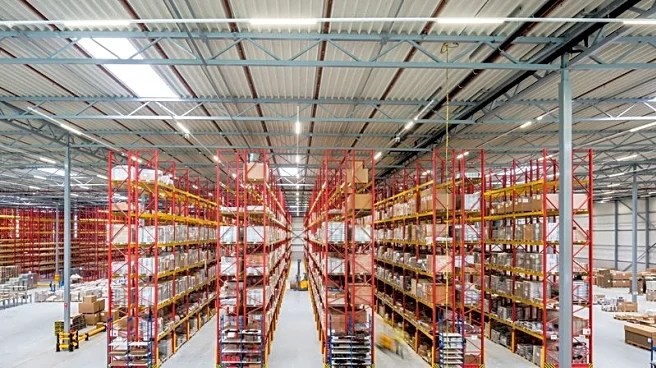What's Happening?
The TD Cowen/AFS Freight Index report highlights ongoing challenges faced by parcel carriers, including UPS and FedEx, as they adjust rates to combat margin pressure in a prolonged downcycle. The report notes
that both companies are implementing rate adjustments that increase the industry baseline, including surcharges for holiday demand, additional handling, and oversized packages. The cost per package for express parcels rose by 0.03% from the second to the third quarter, driven by higher billed weight and increased fuel costs. The report also projects a 2.1% increase in the Express Parcel Freight Index for the fourth quarter, despite a seasonal decline.
Why It's Important?
The adjustments by UPS and FedEx are significant as they reflect the carriers' strategies to maintain profitability amid challenging economic conditions. These changes impact the parcel industry by potentially increasing costs for consumers and businesses relying on parcel services. The elimination of the de minimis duty-free exemption further complicates operations, adding costs and reducing low-value parcel volumes. The ongoing rate adjustments and surcharges could lead to higher shipping costs, affecting e-commerce and retail sectors that depend heavily on parcel delivery services.
What's Next?
As the parcel industry continues to navigate economic pressures, stakeholders may anticipate further rate adjustments and operational changes. The report suggests that carriers will continue to leverage historical data and advanced analytics to forecast and adapt to market conditions. The industry may also see increased regulatory scrutiny and policy changes affecting trade and tariffs, which could further influence carrier strategies and pricing models.
Beyond the Headlines
The report underscores the broader implications of trade policy changes and regulatory impacts on the parcel industry. The increased operational complexity and costs associated with these changes highlight the need for carriers to innovate and optimize their operations. The reliance on advanced analytics and machine learning models suggests a shift towards more data-driven decision-making in the industry.












